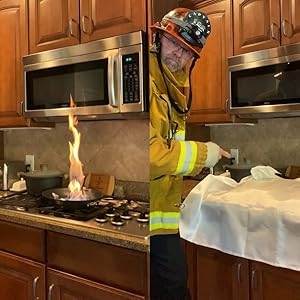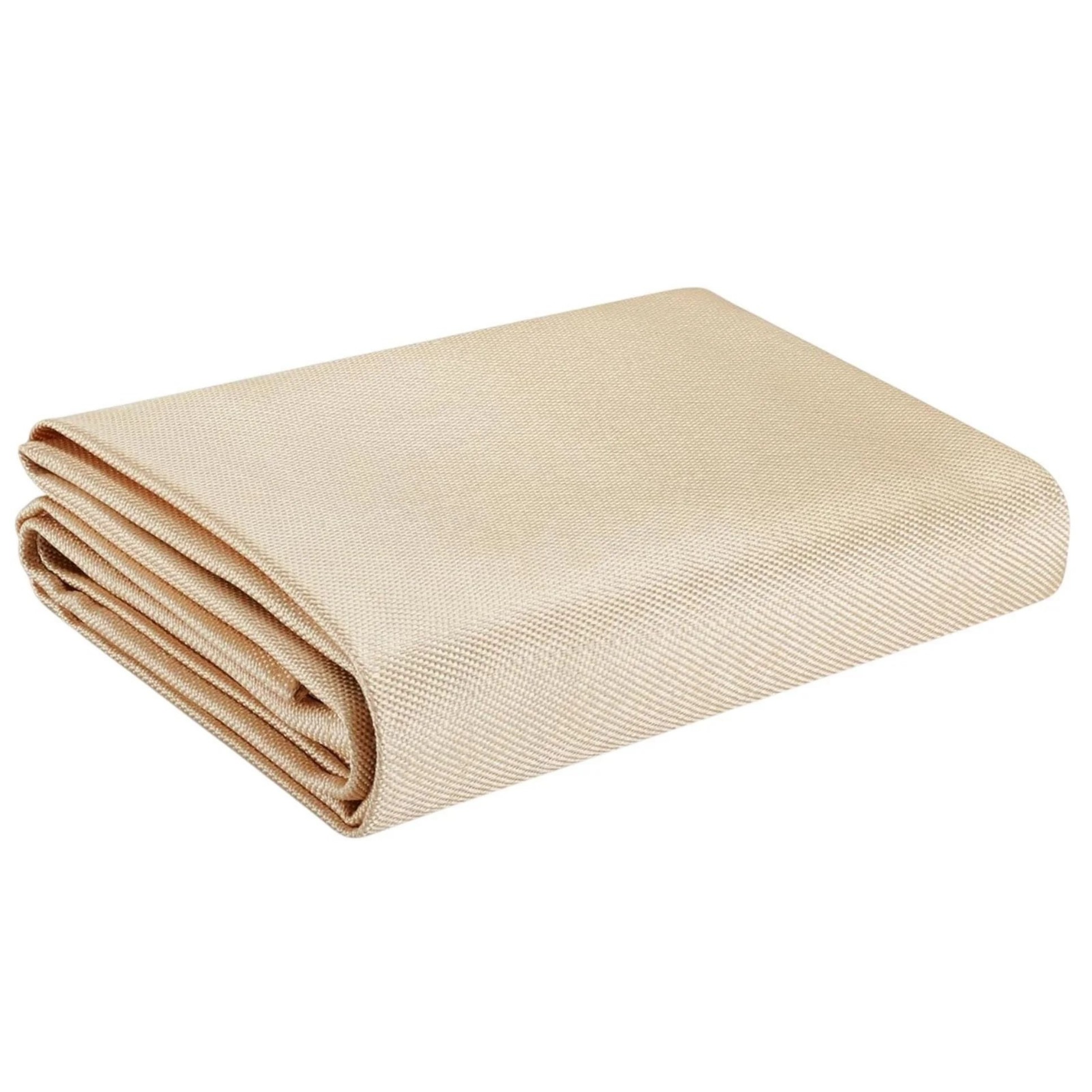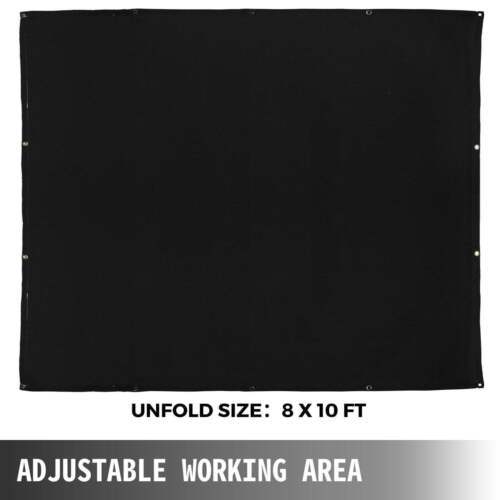Fire Blanket for Firefighters: Essential Safety Gear for Emergency Response
Fire blankets are vital protective tools for firefighters, designed to smother small fires or wrap around victims. This guide explains their materials, proper usage, maintenance, and why every firefighter should carry one.
What Is a Fire Blanket for Firefighters?
A fire blanket for firefighters is a specially designed safety device made from fire-resistant materials. Unlike standard fire blankets, these professional-grade tools are larger, more durable, and capable of withstanding extreme heat. You'll find them in fire trucks, stations, and often carried as personal protective equipment.
Modern fire blankets for firefighters typically use fiberglass or other advanced materials that can resist temperatures up to 900°F (482°C). The best models combine heat resistance with flexibility, allowing you to quickly deploy them in emergencies.
Key Benefits of Fire Blankets in Firefighting
When you're responding to emergencies, a fire blanket offers several advantages:
- Quick deployment:You can unfold and use them within seconds
- Versatility:Effective on various fire types including electrical, grease, and small combustible fires
- Victim protection:Wrap burn victims to extinguish flames and prevent further injury
- Compact storage:Takes minimal space in your gear compared to extinguishers
- No residue:Unlike chemical extinguishers, they leave no messy cleanup
Proper Use of Fire Blankets in Firefighting Scenarios
To maximize effectiveness, you need to know how to properly use a fire blanket:
For Small Fires
- Remove the blanket from its container by pulling the tabs
- Hold the blanket with the protective flaps covering your hands
- Approach the fire from upwind if possible
- Place the blanket gently over the flames, starting from the near edge
- Leave the blanket in place until the area cools completely
For Burn Victims
- Have the victim stop, drop, and roll if possible
- Cover them completely with the blanket
- Press gently to smother flames without rubbing
- Keep the blanket in place until emergency medical help arrives
Choosing the Right Fire Blanket for Your Firefighting Needs
When selecting a fire blanket for professional use, consider these factors:
| Feature | Professional Requirement |
|---|---|
| Size | Minimum 6' x 6' for adequate coverage |
| Material | Fiberglass or other UL-certified fire-resistant fabric |
| Temperature Rating | At least 900°F continuous exposure rating |
| Packaging | Quick-release container that's easy to open with gloves |
| Certifications | UL, CE, or other recognized safety standards |
Maintenance and Care for Firefighter Blankets
To ensure your fire blanket remains ready for use:
- Inspect monthly for tears, discoloration, or damage
- Replace if the material becomes stiff or brittle
- Store in a dry, easily accessible location
- Clean only according to manufacturer instructions - typically gentle wiping with damp cloth
- Replace after any use, even if it appears undamaged
Advanced Fire Blanket Technologies for Firefighters
Recent innovations have improved fire blanket effectiveness:
- Multi-layer designs:Combine different materials for better protection
- Heat-reflective coatings:Enhance performance in extreme conditions
- Integrated handles:Allow safer deployment in dangerous situations
- Compact folding:New techniques reduce storage space without compromising size
Fire Blanket Limitations Every Firefighter Should Know
While invaluable, fire blankets have limitations:
- Not suitable for large or spreading fires
- Effectiveness decreases with wind or strong air currents
- Can't be used on pressurized gas fires
- Require direct access to the fire base
Training Recommendations for Fire Blanket Use
To ensure proper use, you should:
- Practice deployment regularly with expired blankets
- Include blanket use in fire safety drills
- Train on different fire scenarios (vertical, horizontal, confined spaces)
- Review proper victim-wrapping techniques annually
Conclusion
A high-quality fire blanket for firefighters remains an essential, versatile tool in your safety arsenal. When properly selected, maintained, and used, it can save lives and property while complementing your other firefighting equipment. Make sure yours is always accessible and in good condition.







